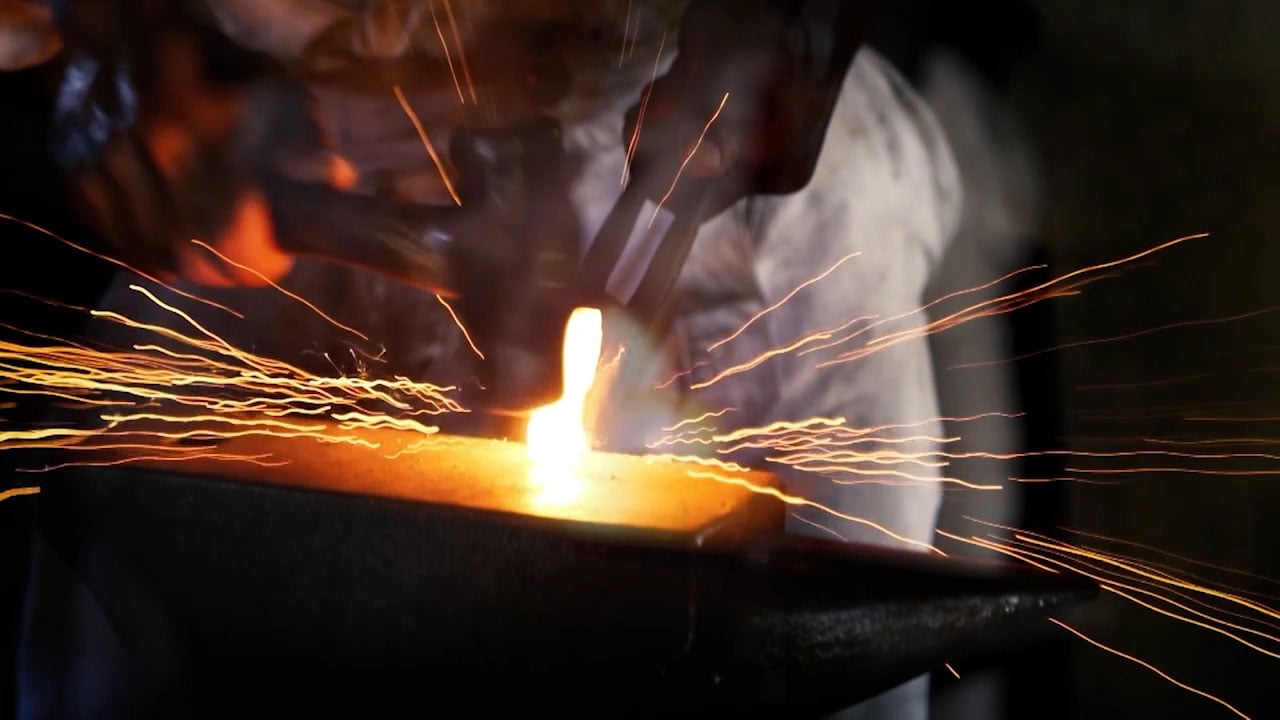
Blacksmith Shop
The blacksmith worked at a forge to make nails, hinges, hoes, rakes, picks, and other tools.
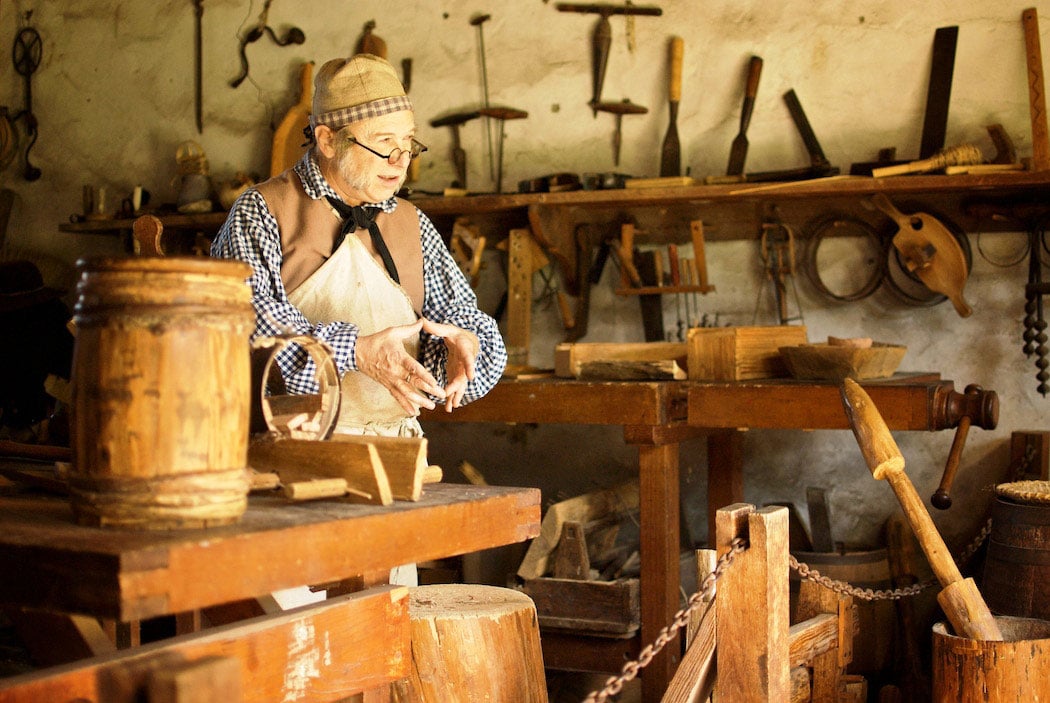
Carpentry Shop
The resident cooper would have been skilled at making wooden barrels, buckets, and piggins (small wooden pails).
A skilled carpenter turned spindles and chair legs on the great-wheel lathe, pared down cypress to make shingles on the shaving horse, and made rice trunks, wooden handles and utensils.
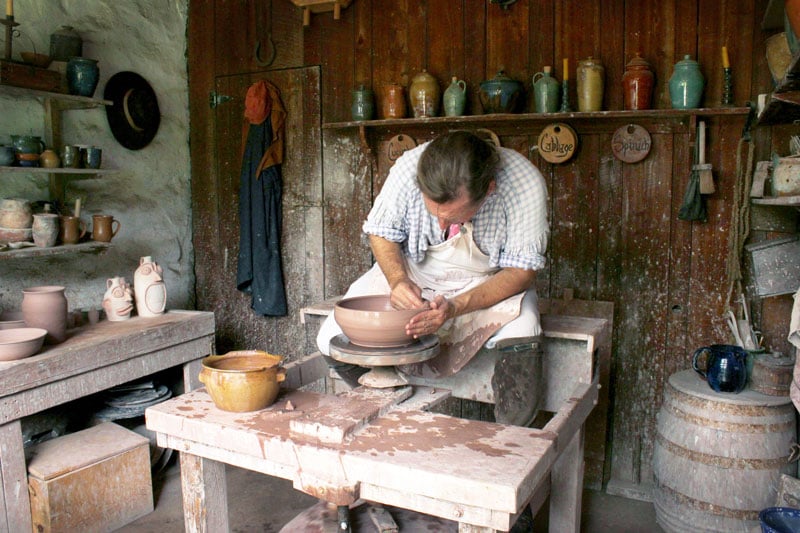
Pottery Shop
Clay is thrown on a kick wheel to shape vessels into various sizes, then fired and glazed. Enslaved people made hand-shaped pottery called colonoware. The clay was fired in an open pit dug in the ground. Local clay was used for bowls, jars, jugs, and bricks.
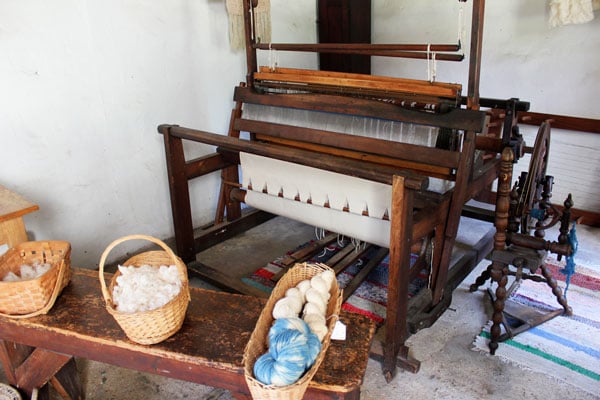
Textile Shop
Wool from sheep and cotton and linen were spun by a spinner into yarn to make cloth, while walnut hulls, indigo, Spanish moss, ragweed, and wild berries provided dye for the yarn. Skilled seamstresses sewed and altered clothes, bed linens and more.
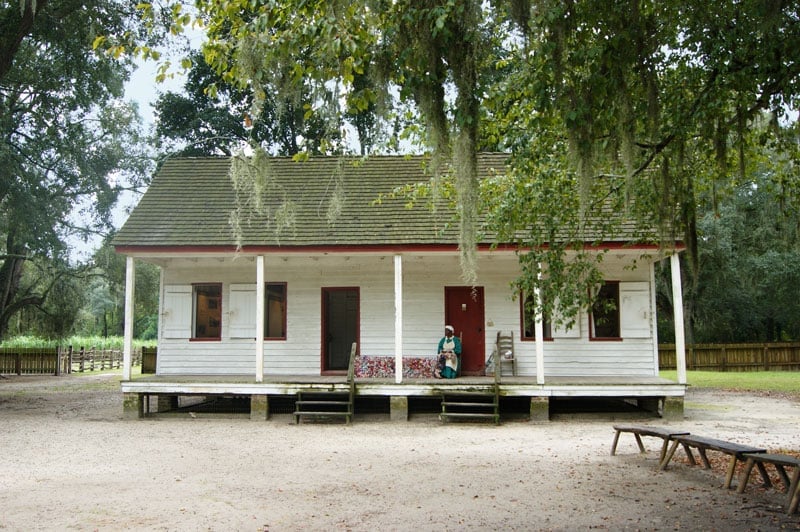
Eliza's House
Eliza’s House is a Reconstruction-era African American freedman’s dwelling containing a permanent exhibit on slavery entitled Beyond the Fields. Based on extensive research over the course of a decade, the exhibit documents the story of slavery, in South Carolina and at Middleton Place itself. Named for its last resident, Eliza Leach, the building opened as a house museum for visitors in 1991.
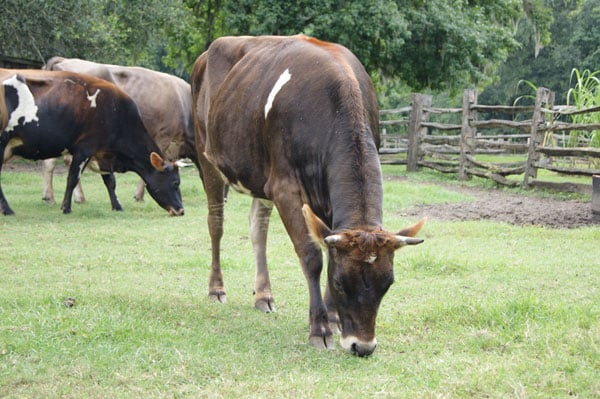
Cattle
Beef was a major early export for the Carolina colony and cattle have been an important part of the livestock population at Middleton Place since its founding. Various breeds such as Devons and Piney Woods cattle are believed to have occupied Middleton pastures and savannas in the 18th and 19th centuries. In 1850, 100 "milch cows" and 1000 "other cattle" (for beef) were being husbanded at Middleton Place.
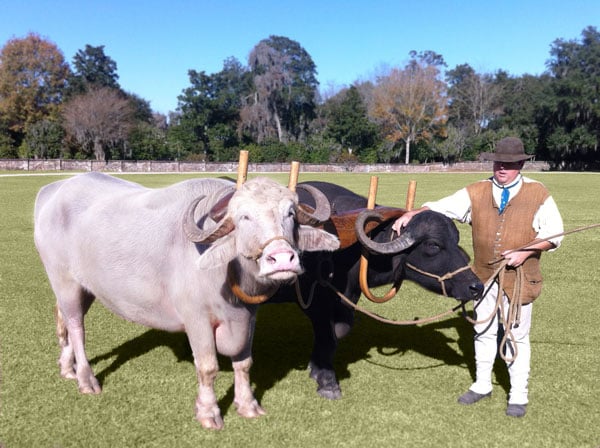
Water Buffalo
Middleton Place owned some of the first water buffalo in the U.S., imported from Constantinople to plow the rice fields. In 1865, 11 water buffalo lived on the plantation until Union troops butchered five and drove the others off. Shortly thereafter, one of the other water buffalo appeared at the Central Park Zoo in New York City and was marketed as "General Sherman's water buffalo." Today, two water buffalo are training at Middleton Place to work as draft animals.
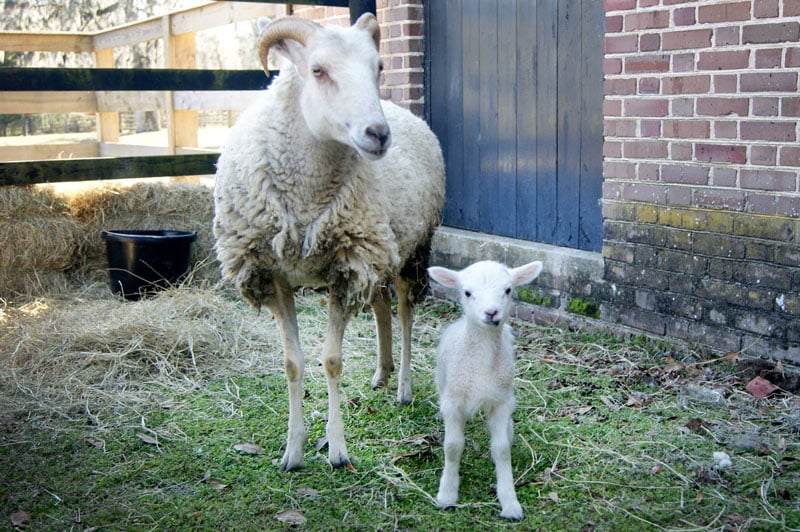
Gulf Coast Sheep
The flock of sheep that graze the Greensward are a reminder of the days when these animals were raised for their meat and wool. Sheep are usually sheared in early May shortly after the Spring lambs are born, when visitors can also see sheep shearing, spinning and weaving demonstrations.
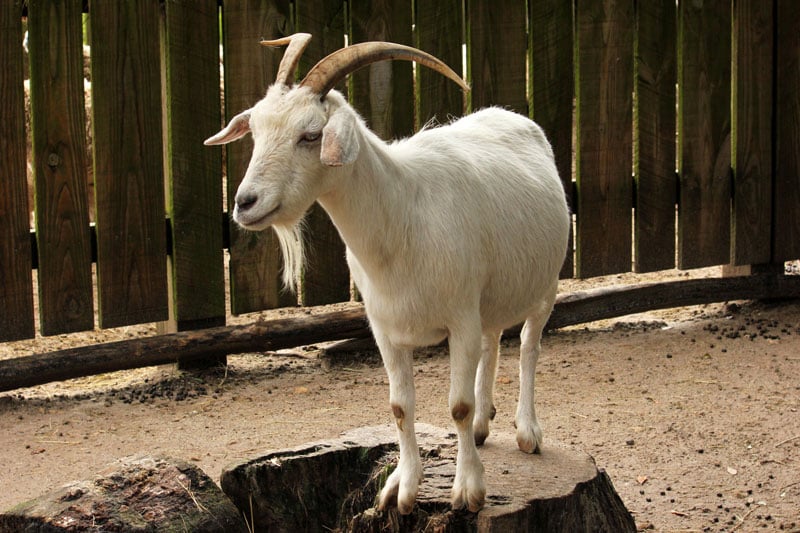
Cashmere Goats
In the 1850s, Williams Middleton imported and raised cashmere goats, sending their treasured hair to France where it was processed into cloth. The goats need minimal shelter due to their dual coats. Each year, starting in March, the goats’ hair can be harvested by combing out their winter coat.
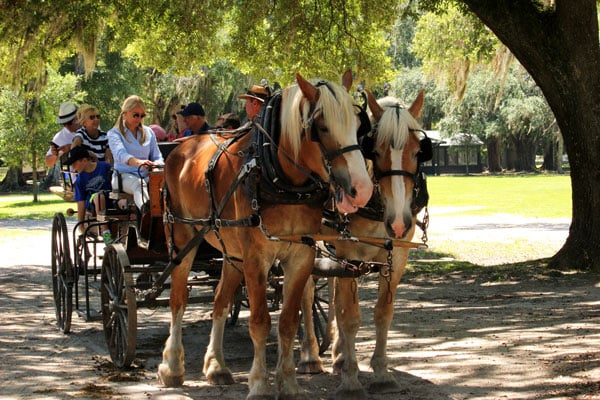
Belgian Horses
These work horses, from the Brabant region of Belgium, were first introduced in the late 1800s. Today they lead carriage rides through remote parts of the plantation otherwise not seen by visitors. Historically, the Middletons bred fine thoroughbred race horses.
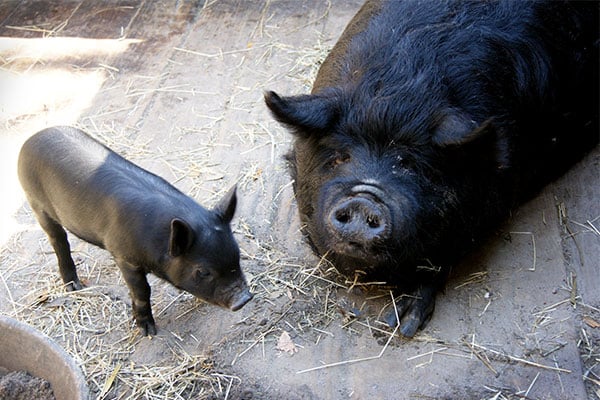
Hogs
Once the most abundant breed in the Southeast, found on plantations across the Lowcountry, Guinea hogs are now nearly extinct. Originally imported from West Africa and the Canary Islands to America during the slave trade, the hogs subsisted on the roughest of forage and were harvested for their ham, bacon, and lard.